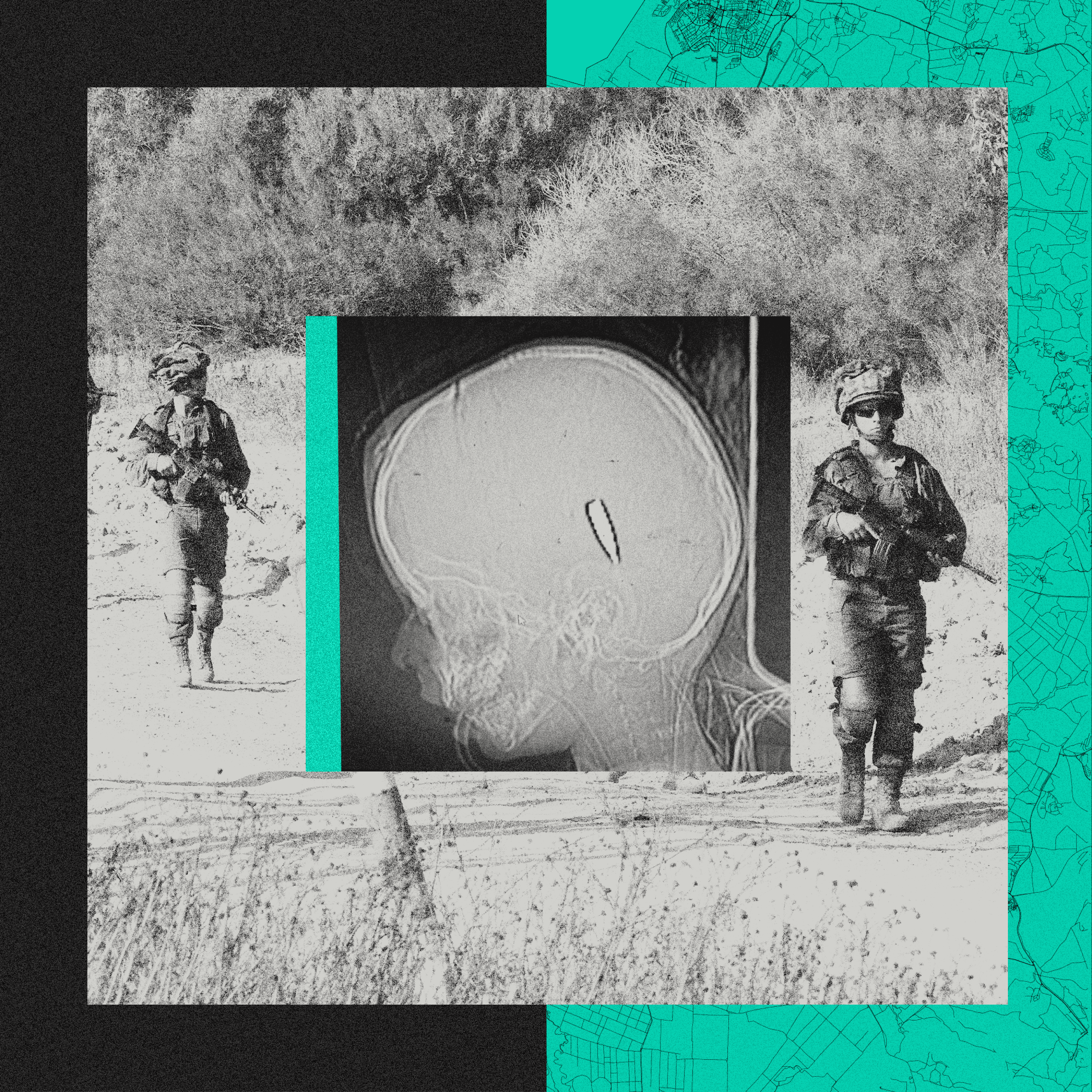
Reveal
The Center for Investigative Reporting and PRXReveal’s investigations will inspire, infuriate and inform you. Host Al Letson and an award-winning team of reporters deliver gripping stories about caregivers, advocates for the unhoused, immigrant families, warehouse workers and formerly incarcerated people, fighting to hold the powerful accountable. The New Yorker described Reveal as “a knockout … a pleasure to listen to, even as we seethe.” A winner of multiple Peabody, duPont, Emmy and Murrow awards, Reveal is produced by the nation’s first investigative journalism nonprofit, The Center for Investigative Reporting, and PRX. From unearthing exploitative working conditions to exposing the nation’s racial disparities, there’s always more to the story. Learn more at revealnews.org/learn.
Reveal’s investigations will inspire, infuriate and inform you. Host Al Letson and an award-winning team of reporters deliver gripping stories about caregivers, advocates for the unhoused, immigrant families, warehouse workers and formerly incarcerated people, fighting to hold the powerful accountable. The New Yorker described Reveal as “a knockout … a pleasure to listen to, even as we seethe.” A winner of multiple Peabody, duPont, Emmy and Murrow awards, Reveal is produced by the nation’s first investigative journalism nonprofit, The Center for Investigative Reporting, and PRX. From unearthing exploitative working conditions to exposing the nation’s racial disparities, there’s always more to the story. Learn more at revealnews.org/learn.















































































































































































































































































Fighting Fire with Fire

Year after year, wildfires have swept through Northern California’s wine and dairy country, threatening the region’s famed agricultural businesses. . Evacuation orders have become a way of life in places like Sonoma County, and so too have exemptions to those orders. Officials in the county created a special program allowing agricultural employers to bring farmworkers into areas that are under evacuation and keep them working, even as wildfires rage. It’s generally known as the ag pass program. Reporter Teresa Cotsirilos investigates whether the policy puts low-wage farmworkers at risk from smoke and flames. This story is a partnership with the nonprofit newsroom the Food & Environment Reporting Network and the podcast and radio show World Affairs.
Then KQED’s Danielle Venton introduces us to Bill Tripp, a member of the Karuk Tribe. Tripp grew up along the Klamath River, where his great-grandmother taught him how controlled burns could make the land more productive and protect villages from dangerous fires. But in the 1800s, authorities outlawed traditional burning practices. Today, the impact of that policy is clear: The land is overgrown, and there has been a major fire in the region every year for the past decade, including one that destroyed half the homes in the Karuk’s largest town, Happy Camp, and killed two people. Tripp has spent 30 years trying to restore “good fire” to the region but still faces resistance from the U.S. Forest Service and others.
Twelve years ago, the Forest Service officially changed its policy to expand the use of prescribed burns, one of the most effective tools to mitigate massive, deadly wildfires. But Reveal’s Elizabeth Shogren reports that even though the agency committed to doing controlled burns, it hasn’t actually increased how much fire it’s using to fight fire.The Forest Service also has been slow to embrace another kind of good fire that experts say the West desperately needs: managed wildfires, in which fires are allowed to burn in a controlled manner to reduce overgrowth. To protect the future of the land and people – especially with climate change making forests drier and hotter – the Forest Service needs to embrace the idea of good fire.
Learn about your ad choices: dovetail.prx.org/ad-choices